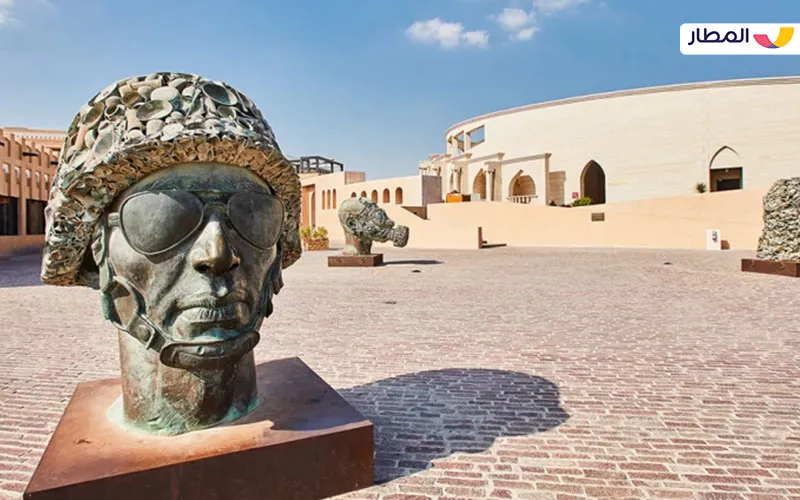Qatar is an awe-inspiring reservoir of art and culture, promising a unique experience. With over 80 magnificent public art installations, architectural marvels that reach for the sky and stretch over horizons, and expansive museums that seamlessly blend the past with the present, take a leisurely journey to explore our cultural wealth with these exclusive insider guides. These are the most significant cultural and artistic monuments:
Qatar’s National Museum
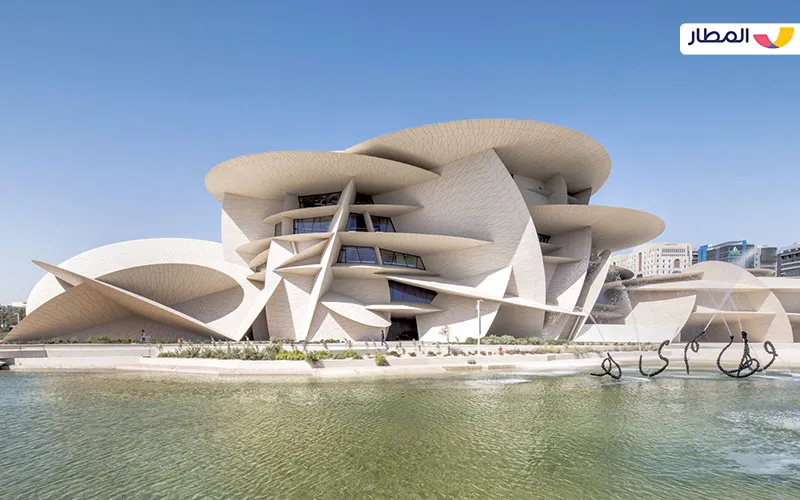
Qatar’s rich tapestry of art and culture is exceptional, presenting an unparalleled treasure trove. With an impressive collection of over eighty awe-inspiring public art installations, striking architecture, expansive museums merging the essence of the past and the dynamism of the present, and skyscrapers that seemingly touch the heavens and stretch far beyond the horizon.
Through a series of interconnected galleries, the museum takes visitors on a visual odyssey through Qatar, unveiling its historical journey from the ancient to the contemporary era. The architectural concept for the National Museum of Qatar drew inspiration from the naturally occurring crystal formations known as the “desert rose.” Designed by Jean Nouvel, a recipient of the prestigious Pritzker Architecture Prize, the museum’s design orbits around the historic palace of Sheikh Abdullah Bin Jassim Al-Thani, the former seat of government for twenty-five years. The structure comprises interconnecting disks and spans an impressive 430,500 square feet.
Islamic Cultural Center of Qatar, Fanar
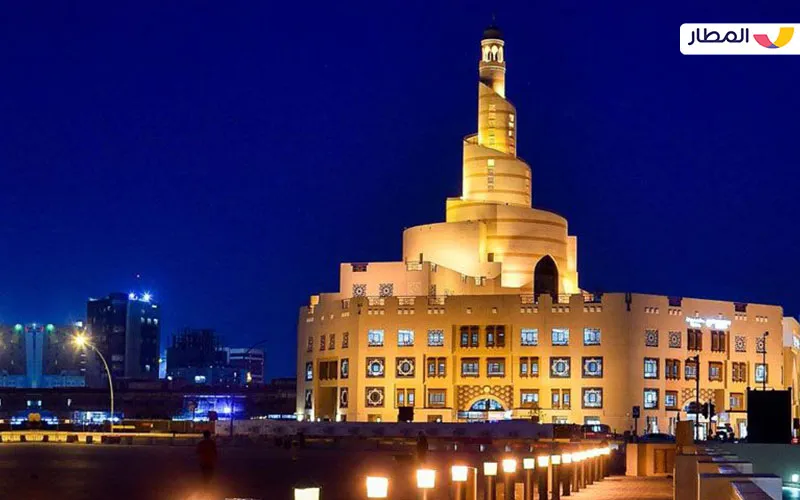
The spiral-shaped Fanar structure, one of Doha’s most well-known buildings, can be found in the city’s central area, close to the Souq Waqif and the Museum of Islamic Art. It is visible from a considerable distance, particularly at night, when its lighting draws attention to the one-of-a-kind architectural style of this stunningly magnificent structure. The mosque at Fanar was at one time the largest in the country.
In addition to continuing to serve its primary purpose as a place of worship, the Fanar Mosque now also hosts various religious, educational, and social events. At the cultural center, guests will be able to sample traditional coffee while also gaining insight into the Qatari way of life, the country’s history, and the culture of Qatar.
The Mosque of Imam Abdul Wahhab

Imam Abdul Wahhab, sometimes called the Qatar State Grand Mosque, was opened to the public in 2011 and is Qatar’s most essential and biggest mosque. The Islamic architectural heritage is characterized by its simple lines and beautiful arches, contributing to its visual appeal. The mosque has three libraries, prayer and ablution halls separate for men and women, and rooms explicitly designated for memorizing the Quran. It can house more than 30,000 people.
Cultural Village of Katara

Qatar’s tiny peninsular state has been known as a cultural melting pot for a long time due to its location where Asia and the Middle East meet. A potent blend of modernity and traditionalism can be seen in Qatar’s fantastic cultural facilities, including museums, galleries, and public art installations. Katara, as it is anciently spelled, is a self-styled cultural town that can be found sandwiched between the glittering financial sector of West Bay and the half-moon towers of The Pearl residential area. Katara was named after the ancient city of Katara. Katara is Doha’s go-to location for art, culture, and gastronomy. A large beach is on one side, and the twin Katara Hills are on the other.
Mathaf: Arab Museum of Modern
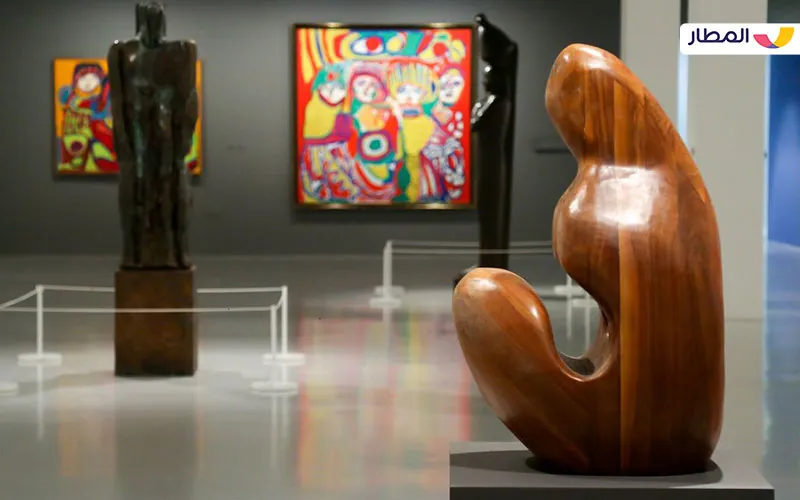
Mathaf is an organization that was founded in 2010 and offers a viewpoint on contemporary art that is distinctively Arab. The museum’s permanent collection has more than 9,000 artworks created by illustrious painters from the Arab world between 1840 and now.
The exhibition features eminent artists from nations and areas associated with the Arabian Peninsula. These countries and locations include those in Africa, Asia, and Europe.
The Downtown Area of Msheireb

Msheireb Downtown, the world’s first sustainable regeneration project, is bringing Doha’s historic business sector back to life using a fresh architectural vocabulary.
The breathtaking Barahat, also known as a courtyard, can be found at the center of Msheireb Downtown. It comprises over one hundred buildings and has commercial and residential properties and retail and cultural activities. It features specialized stores and a selection of restaurants with outdoor seating choices. The Msheireb Museums is a project by Msheireb Properties that highlights the history of Qatar via four heritage buildings in the heart of Msheireb Downtown Doha. These properties are located in the same neighborhood as the Msheireb Museums. The area has several hotels, entertainment venues, and the Qatar Academy Msheireb. These hotels are the Mandarin Oriental Doha, the Al Wadi Hotel MGallery, the Park Hyatt Hotel, and a Boutique.
The Art Center of Souq Waqif
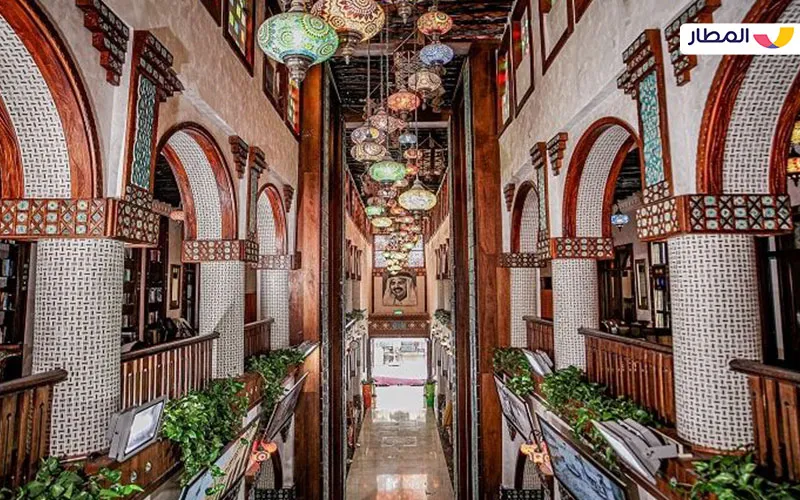
The Souq Waqif Art Center is accessible through Doha’s central market and features traditional Islamic and Middle Eastern art exhibitions. Additionally, the center hosts seminars and classes.
Studios offer instruction in several art forms’ foundations to budding artists looking to further their careers. Throughout the year, the center hosts art events, exhibitions, and public classes, which have helped it earn a reputation for having a solid connection with the general population.
“Smoke” by Tony Smith

The Doha Exhibition and Convention Center (DECC) welcomes visitors with a Smoke installation by Tony Smith. The massive geometric components of this artwork, which is 24 feet in height, dominate the room. These components are open and inviting, deep yet tranquil. This remarkable sculpture, made of metal, measures 24 feet in height and has a variety of geometric shapes. The constructed object comprises 45 octahedrons, five tetrahedrons, three triangular pyramids with four triangular faces, six straight edges, and four vertex corners.
Forms with eight plane faces and eight triangle faces arranged in a three-dimensional space. Even though the building is painted black, the surface of the building reflects sunlight and casts shadows, making the forms released in the clouds stand out even more.
The Fort of Al-Rekayat

Al Rekayat Fort, located on the northwest coast of Qatar, was constructed in the 19th century as one of numerous desert forts to protect water supplies.
An adjacent location has the abandoned remains of a local settlement. The fort at Al Rekayat, whose name comes from the Arabic word for ‘well,’ is home to a freshwater well five kilometers deep and from which local inhabitants meticulously gather water. The fort is notable for having only a height of three meters, which is relatively low. A staircase can be found at each of the four corners of the central courtyard. These staircases lead up to one of four watchtowers, three of which are rectangular and one of which is cylindrical. From these watchtowers, one can take in broad views of the rocky landscape and the shimmering seas of the Arabian Gulf.
Al Jassasiya Rock Art Site
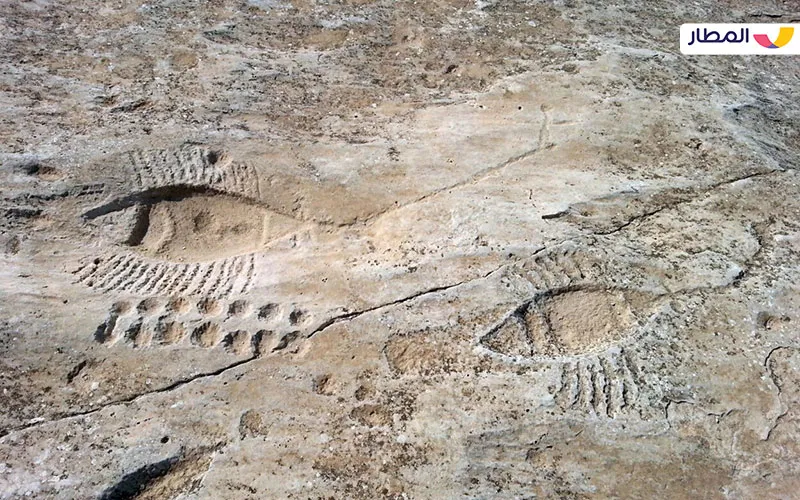
The rock-carving site Al Jassasiya in northern Qatar is considered the most remarkable of Qatar’s twelve locations. It is made up of a total of 874 sculptures that are referred to as ‘petroglyphs,’ the earliest of which are believed to date back to the Neolithic period. It might look like an abandoned sandstone quarry, but it’s a historical location with secrets. The rocky landscape of the desert was found around 1957, and it features remarkable engravings that run across an area that is 700 meters broad. The rock carvings in Al Jassasiya feature various shapes, such as rosettes, fish, ostriches, and cup marks. Carvings on dhow boats, some still in use today, directly link to a period that occurred very long ago. The markings indicate cups used to keep pearls or play ancient board games called Al Haloosa or Al Huwaila.
The location is around 60 kilometers to the north of Doha and can be reached by car in a short amount of time. You may get to Exit 66 of the Al Shamal Highway by driving in a northerly direction on the highway.
You must take a right and continue straight ahead at the crossroads where you turned left. You will see the big gated area that is Al Jassasiya after about three kilometers have passed, and from this point on, you will need to walk to enter the compound.
Dahl Al Misfr
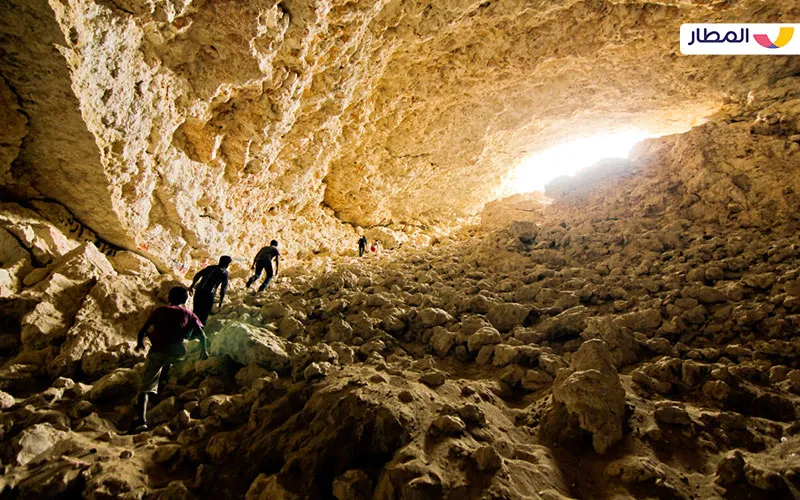
Dahl Al Misfr is one of Qatar’s most fascinating natural places, and it can be found to the west of Doha in the very middle of the peninsula. It is the largest and deepest cave in Qatar that is still accessible, measuring 40 meters below ground level. It is mainly composed of brittle gypsum and occasionally emits a hazy radiance that seems to come from another universe. The formation of Dahl Al Misfr is thought to have occurred between 325,000 and 500,000 years ago, in the middle of the Pleistocene Era. This luminescence results from gypsum deposits in the middle of the peninsula. It is known for giving off a light reminiscent of the moon. These conditions are responsible for a geological phenomenon known as “desert roses,” clusters of gypsum crystals that approximately form roses.

